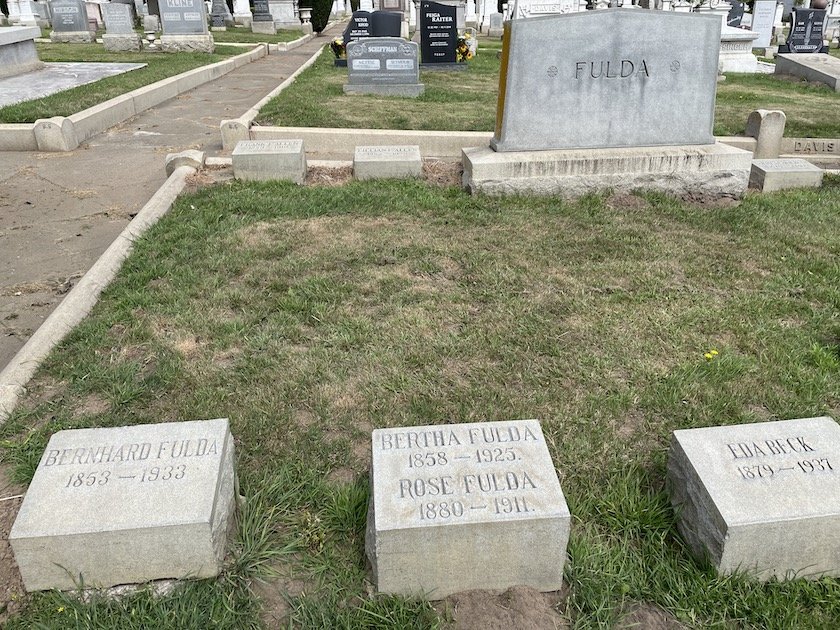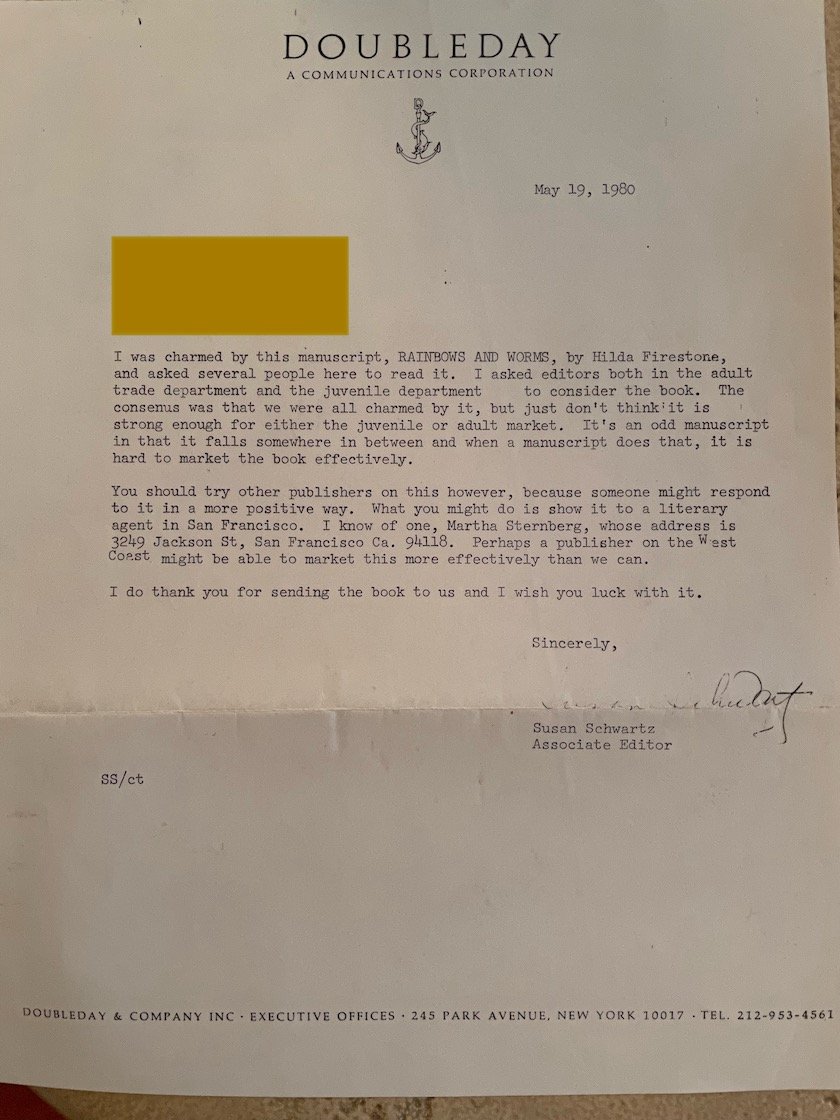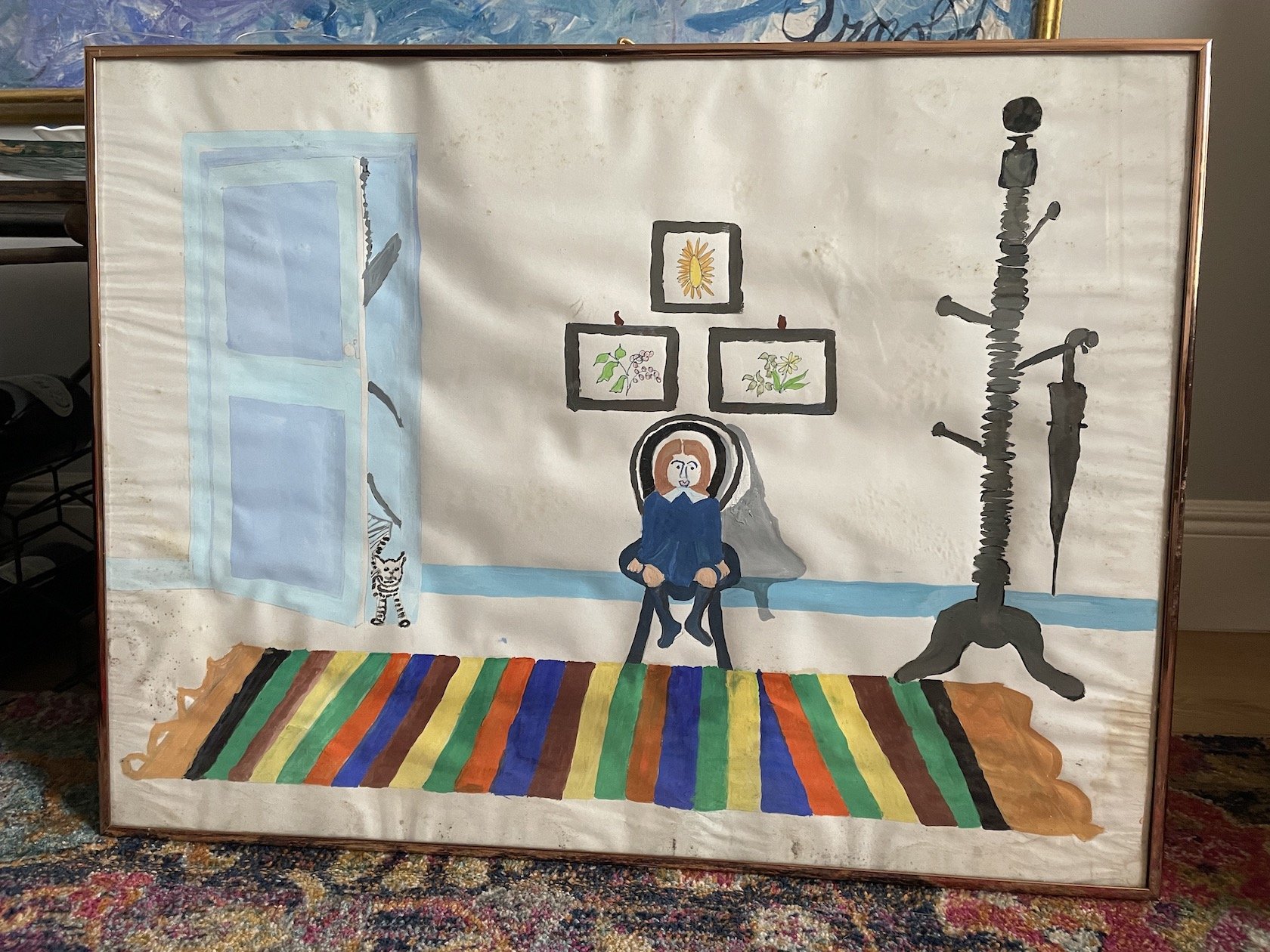Link to Family Tree to understand family relationships.
Today would be my Uncle Harry’s 99th birthday and Hilda Goldberg Firestone’s 119th. My grandmother and mother never missed a birthday and I learned to do the same. I will raise a toast to both of them.
Hilda and Nathan Firestone, around 1940
Harry taking delight, perhaps around 2010
Recently I’ve been rereading stories my grandmother Helene wrote about her childhood in Bohemia in the late 19th Century. When she was two or three years old, she came down with scarlet fever which resulted in her being almost deaf in one ear. That caused her to pay close attention to whatever anyone said to her. She trained herself to memorize what she heard so she wouldn’t have to take notes in class – notetaking would have caused her to look down at the paper and not be able to read the teacher’s lips. She prided herself on her wonderful memory. During the stress of war and separation from her children, she realized that she had lost some of that skill and regretted being confused about people’s birthdays.
One source of confusion was the date of her young cousin Hilda’s birthday. She knew it as January 12th or 13th (her son Harry’s birthday). As we learned last year, Hilda was born on Friday January 13th, 1904. Her family felt that was a bad omen, particularly in light of her mother’s death due to complications of childbirth, so celebrated her birthday on the 12th.
What follows are excerpts from and links to letters we saw in earlier blog posts where my grandmother and uncle make sure that Hilda knew they remembered her birthday, even from afar.
…I remember once you wrote to Harry that your birthday is either 12 or 13 January too. Therefore, accept my best wishes for that. Spend this day especially gay and happy and not a sad thought may disturb your pleasure. Enjoy your life as profoundly as you can. It is a pity for every day you don’t do it. I hope you have a good temperament and laughing is easier for you than weeping. Unable to give you a little birthday gift, I give you the second musical lesson (Melody Harry will instruct you) in German.
From Helene to Eva in San Francisco:
When I sent the official birthday letter to Hilda, which only included a heartfelt greeting to you, you must have been thinking to yourself: “what marvelous stuff is mom up to now?”
From soldier Harry serving in the South Pacific to his sister Eva in San Francisco:
Please have some nice flowers sent to Tillie and Hilda on their birthdays, January 11th and 12th, and be sure to have the cards sent with them.
From Helene to Eva and Harry in San Francisco:
…I am sending Hilda, Tillie, and Harry my most sincere wishes for happy birthdays. Everl and her husband I wish to all the best to their second anniversary [actually it was their first] and that our European sadness will turn into American happiness and joy. I have certainly counted on the fact that this week of family celebration is something I will be able to spend with you, and it would have also been possible if I hadn’t been thrown to the wolves again. But in Vienna, one said: “if God wishes, then the broom will stand up.” And certainly God wants me to have you again.



























































